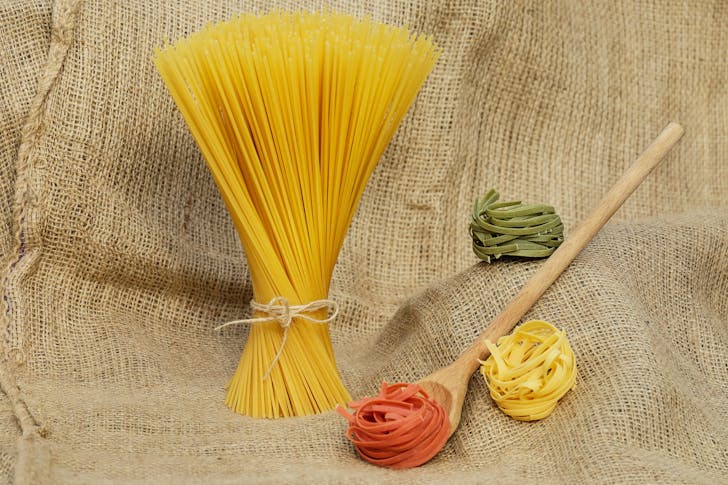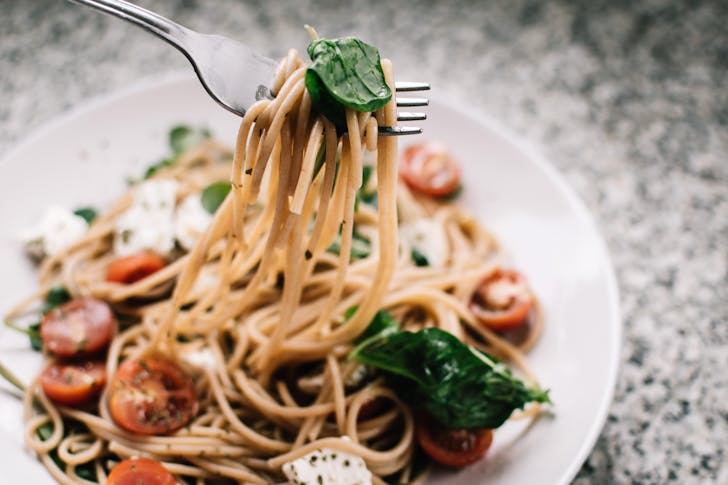When you hear “universe,” your mind probably jumps to galaxies, black holes, or quantum particles. Not pasta. But physicists? They have been obsessed with spaghetti for decades – and for good reason.
You might think the people who study the edges of space and the tiniest particles wouldn’t waste time on dinner food. But the truth is, physics shows up everywhere, even in your kitchen, and spaghetti has been quietly helping scientists make sense of some big ideas.
The ‘Spaghetti Snap’ Mystery
One of the most famous pasta problems? Why dry spaghetti almost always snaps into more than two pieces when you bend it. Physicists couldn’t explain this for years. Richard Feynman, one of the biggest names in science, even played around with it in the ‘90s.
It was not until 2005 that two scientists from France cracked it – using high-speed cameras and a lot of math.

This little discovery helps scientists understand how materials crack, from bones to bridges. The universe plays by these same rules, whether it is snapping spaghetti or shifting tectonic plates.
The Thinnest Pasta on Earth
The universe rewards curiosity, and some scientists have taken that to extremes. A team at University College London wanted to know: How thin can spaghetti really get? The answer wasn’t in grandma’s kitchen. It was in a lab, with electricity and high-tech tools.
They used a technique called electrospinning. Basically, they zapped a flour-based liquid through a charged needle onto a collector plate. The result? Threads of pasta just 0.1mm thick – ten times thinner than angel hair. These ultra-fine noodles were tough, too, more rigid than normal spaghetti.
Spaghetti and the Shape of Things
Understanding how spaghetti bends, breaks, and stretches helps scientists understand more than just noodles. It feeds into research about how materials behave. That includes how DNA coils, how hair tangles, and how ropes twist. These are all part of a branch of physics called elasticity. Elasticity shows up all over the universe—from rubber bands to planetary rings.
Even better, these noodle experiments are simple enough that they can be done at home or in a classroom. Physics is not always about massive telescopes or particle accelerators. Sometimes, it is about grabbing a handful of pasta and asking a weird question.
Pasta and the Origins of Life
This might sound like a stretch, but spaghetti is helping scientists think about how life began. When those thin pasta threads form, they often tangle and self-organize. That is a big deal. Self-organization is how simple molecules might have turned into the first living cells.

If you can figure out how chaos becomes structure, you are a step closer to understanding how the universe created life from random chemicals. Spaghetti might not be alive, but it acts like something that wants to be.
Why the Universe Loves Spaghetti
So why is spaghetti such a scientific favorite? Because it is cheap, it is everywhere, and it behaves in strange but predictable ways. It lets scientists explore big questions using small tools. As it turns out, the universe doesn’t always hide its secrets in distant galaxies or quantum fields. Sometimes, it sticks them right in our pantry.
Physicists love patterns. Spaghetti offers them in every twist, snap, and coil. When something simple reveals something deep, it is worth paying attention to. The universe often speaks in quiet clues. Pasta is one of them.




